An earl, history and recipes
- rosemary
- Jul 23
- 7 min read
Updated: Jul 24
"Tea, Earl Grey, hot" Picard/StarTrek
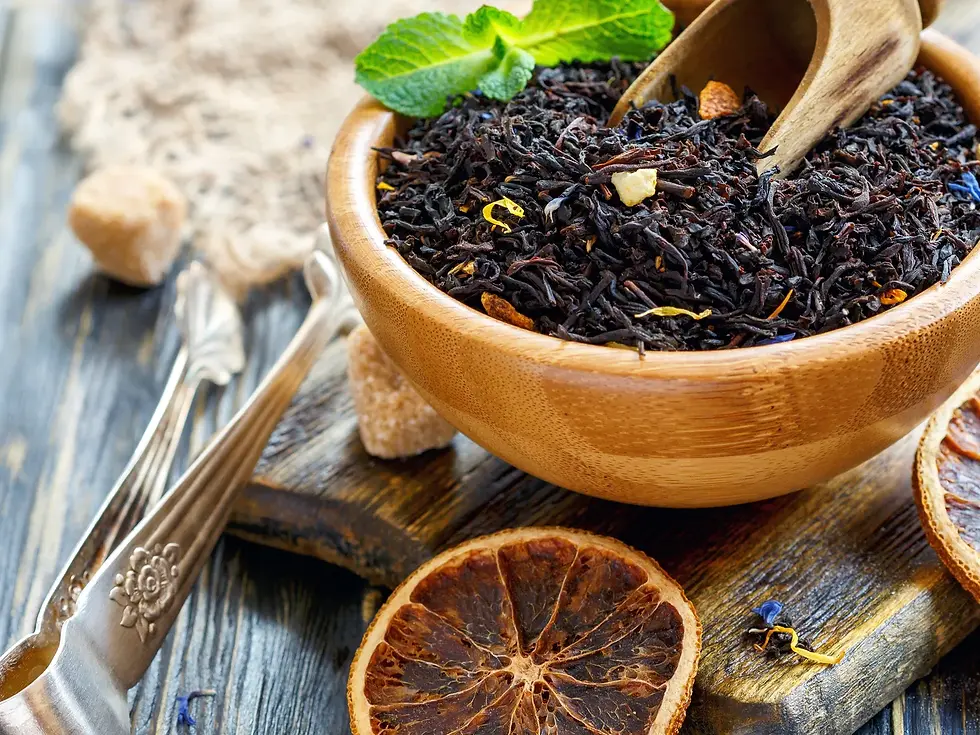
Well the above quote has nothing to do with this post really, but not being a Star Trek follower I did not know it was a famous quote - like "To boldly go" - which I love and also from Star Trek.
Earl Grey tea is more or less the only tea I like. Maybe Jasmine if I'm eating Chinese food. And I have always wondered who Earl Grey was.
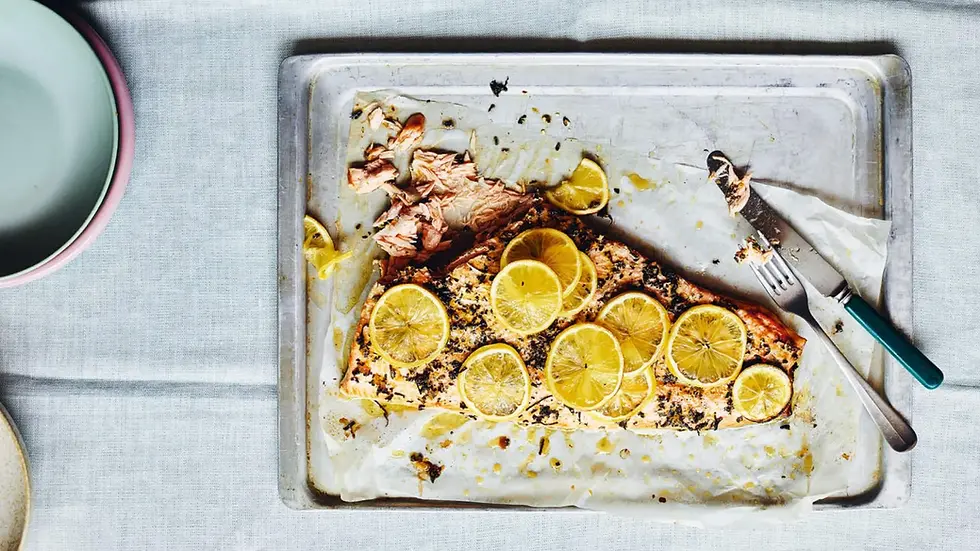
So when, my sister the other day told me she was making a dish of salmon marinated in Earl Grey tea for her friends I decided to put it on my Ideas list. I have no idea whether this recipe for Earl Grey roast salmon which I found on The Week website is the recipe she used, but I'm guessing it would have been similar. She served it with an orange and fennel salad.
Which is appropriate because the bergamot which is what makes Earl Grey tea Earl Grey tea is the citrus fruit, not the herb. I'm not at all sure whether we can get a bergamot citrus here, but apparently it's sort of orange shaped but greenish like a lime. Which also makes me wonder whether the bergamot in perfumes - one of my very favourite scents, is the citrus or the herb. And also when I say the citrus fruit, it can apparently be the oil derived from the peel - or the dried peel. I don't think the juice is involved, but I found - when I come to recipes - that oranges, were often involved in the recipe.
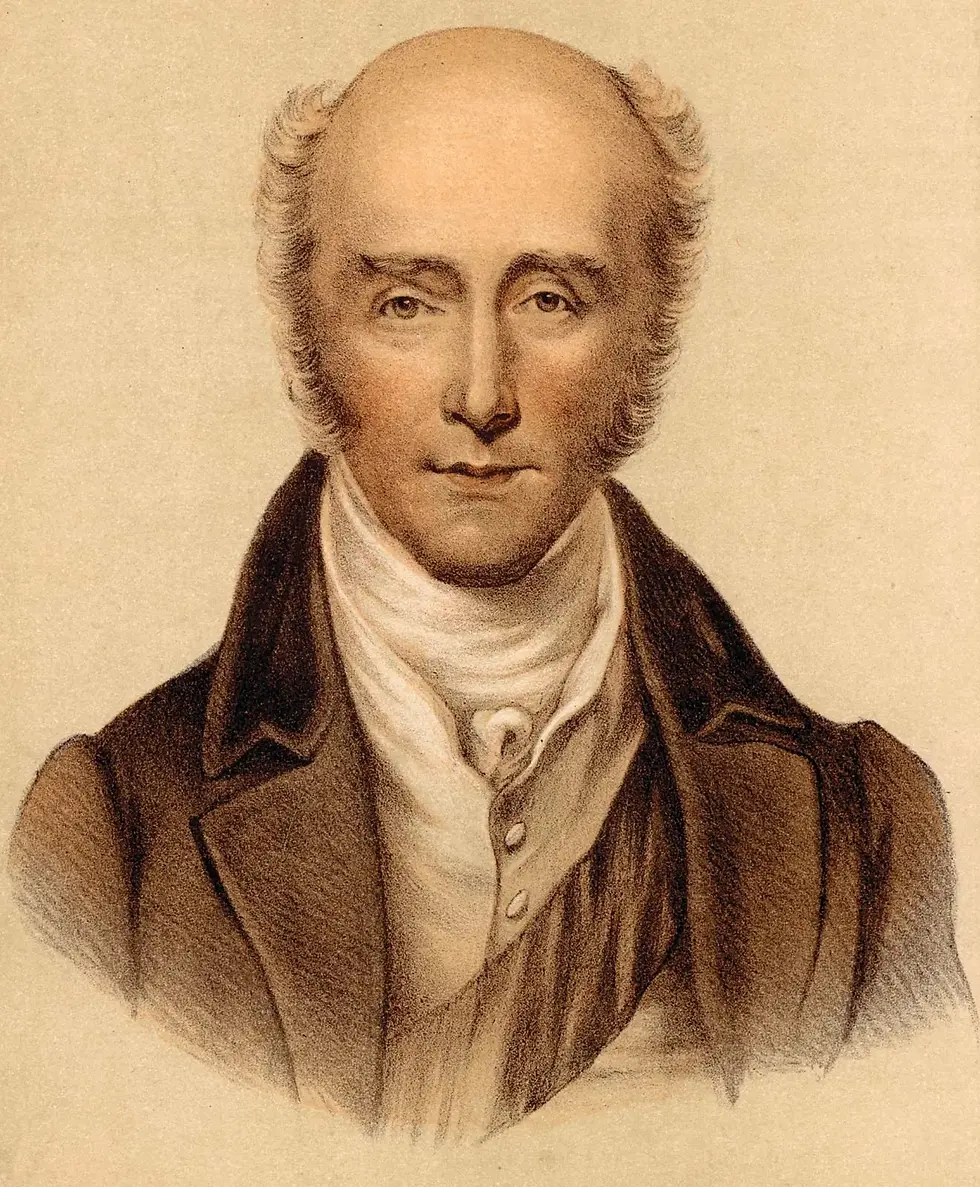
But who is Earl Grey and why is the tea named for him?
Well here he is - an English aristocrat - the 2nd Earl Grey, Charles by name, but from an aristocratic family of lesser heraldry degree called Baronets of Howick in Northumberland. His father was the first Earl Grey - the earlier ones were the Baronets - which was a title that continued as well. 1764-1845 was his lifespan - an incredibly interesting time in history - Revolutions in France and America, Napoleon, political and social reforms and the ever-growing pace of the Industrial Revolution which brought urbanisation and so many other things to Britain.
Moreover, Charles Grey was the architect of much of it, because in the years between 1830 and 1834 he was the British Prime Minister - of a Whig Party government. He actually first became an MP at the age of 22 in 1786, but spent most of his Parliamentary life in opposition. The whole story of his Parliamentary career is, of course on Wikipedia, although you're probably not interested.
However I shall mention some of the things that he did when PM because they are pretty crucial in Britain's history - and therefore any parliament which runs on Westminster lines.

In 1832 - after much bargaining and even threats, to the king no less, to create more peers - The Representation of the People Act was passed. What's that you may ask? Well it was the Act that began the move to a much fairer way the British government was constituted and how elections took place - ultimately leading to universal suffrage. It was much more limited then of course but radical for the times:
"This legislation standardised property qualifications for voting and extended the franchise to small landowners, tenant farmers, shopkeepers, and householders who paid a yearly rental of £10 or more." Wikipedia
£10 converts to roughly $2,500 in today's Australian money which is not a lot. In fact it's even less than I thought it was. So you can imagine that this opened up the right to vote to a huge number of - albeit - men. Women, it goes without saying, were not even thought about.
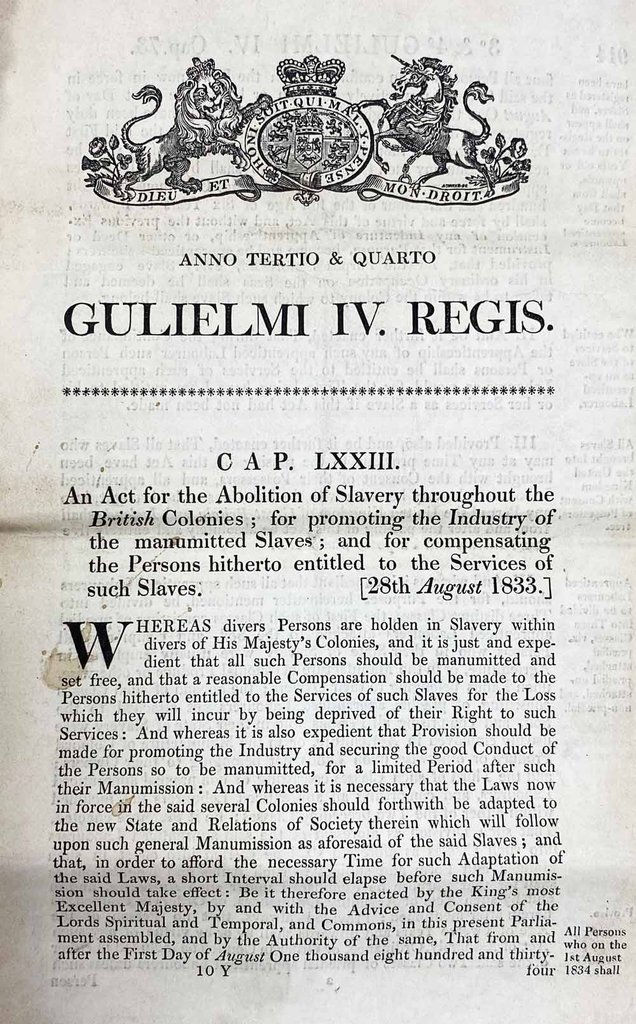
But he didn't stop there - in 1833 the Slavery Abolition Act was passed.
And those two bills were the most significant. However, only marginally less significant was the Factory Act which made inspections of children's working conditions in factories mandatory. A small step - I mean they shouldn't have been there at all, but a beginning. He tried to set up a new colony in South Australia, although this didn't succeed. He ended the East India Company's trading arm, particularly with China and changed the Poor Laws which were somewhat haphazard, setting up Workhouses instead. This last one of course led to a massive amount of ill treatment and misery, but some good things came from it as well children were educated and/or apprenticed, for example, which gave them a kind of future.
In 1834 he resigned after arguments with his own party and retired to his family home in Northumberland - he had 16 children and many, many grandchildren where, by all accounts he was happy and content.
It seems that he was a marginally rebellious type - did not get on well with his authoritarian father, was educated at Eton and Cambridge - of course - although he didn't stay long enough at Cambridge to get a degree. He then went on the Grand Tour of Europe which was fashionable at the time and which his biographer G.M. Trevelyan says:
"helped to develop in him that excellent habit of mind whereby he always regarded foreign countries, not as pawns in the diplomatic game, but as places inhabited by human beings with rights and aspirations of their own." G.M. Trevelyan
One more little thing - before he married he had an affair with the married Duchess of Devonshire, who had an illegitimate daughter by him. The daughter was brought up by his parents - so they can't have been all bad.
So much for the man. Why is the tea named after him? Well there are several origin stories, which most people today seem to think are apocryphal. They're worth mentioning though. One:
"claims that he received as a gift, probably a diplomatic perquisite, tea flavoured with bergamot oil, perhaps as a result of his ending the monopoly held by the East India Company on trade between Britain and China"
Or that he tasted it in China (not possible as he never went there) but this story goes on to say that he was so taken with the taste that he got a tea maker to recreate it - which was the end result of the first story too.
Or: " According to the Grey family, the tea was specially blended by a Chinese mandarin for Lord Grey, to suit the water at Howick Hall, the family seat in Northumberland, using bergamot in particular to offset the preponderance of lime in the local water. Lady Grey used it to entertain in London as a political hostess, and it proved so popular that she was asked if it could be sold to others, which was how Twinings came to market it as a brand" Wikipedia
And also: "Jacksons of Piccadilly claim they originated Earl Grey's Tea, Lord Grey having given the recipe to George Charlton, partner at Robert Jackson & Co., in 1830. According to Jacksons, the original recipe has been in constant production and has never left their hands. Theirs has been based on Chinese black tea since the beginning." Wikipedia
The most likely explanation for the bergamot at least was that "Bergamot seems to have been used to enhance the taste of low-quality teas." Wikipedia
None of which really explains why Earl Grey's name came to be attached to it. Surely there must be some connection.
One last word on how it's made:
"There are two methods of flavouring tea leaves to get Earl Grey tea The first, which is said to result in a stronger citrus flavour, is the coating or spraying of the black tea leaves with bergamot essential oils. The second method is the addition of dried bergamot orange rinds to the Earl Grey tea blend. With this method, the citrus flavour infuses the black tea
during the brewing process."

Ok - so what can you do with Earl Grey tea, besides having a cup of tea?
As you know Earl Grey is generally drunk without milk but there is a milky Early Grey tea - London fog, which, in spite of its name was invited in Vancouver in the 1990s by one Maria Loria. It consists of boiling Earl Grey tea, then adding some vanilla extract and steamed milk - a kind of tea latte I suppose but with vanilla. The link is to a recipe on the Twinings website.
I began with my sister's salmon, and there were indeed many recipes involving salmon and Earl Grey tea, from glazes, to curing mixes and marinades. So just one more of those: Earl Grey pan-glazed salmon with lemon courgette from Marks and Spencer. I confess I found very few other savoury recipes and even this Broccolini with sage, lemon butter and currant pangrattato - from Kirsten Jenkins/delicious. really only soaks the currants in Earl Grey.
In fact, soaking some kind of dried fruit in Earl Grey is a common thing, and appears in some of the following rather tempting dessert recipes: Earl Grey and lemon pannacotta with almond - Benjamina Ebuehi/The Guardian; Earl Grey tea-ramisu - Nina Moskowitz/Bon Appétit; Earl Grey burnt cream - Mike Robinson/The Guardian; Earl Grey sorbet with pear, Earl Grey and cinnamon strudel - James Martin/BBC; Earl Grey spiced poached pears - Jamie Oliver/BBC and Tea and toast cheesecake - Aoife Noonan/delicious.
Baking is the other main way that Earl Grey tea finds its way into our food: Scrumptious sticky toffee pudding - Jamie Oliver; Earl Grey tea loaf - Jamie Oliver/Bohemian Mama - there are two photographs of this - the first is the official one, the second from the Bohemian Mama's website- same recipe - two different looks; and finally Prune and nut crostata - Charlotte Binns-McDonald/delicious. - one of those that soaks dried fruit in Earl Grey. I might have a go at Jamie's fruit loaf - I like fruit loaf.
Ther are of course endless recipes for cocktails with Earl Grey tea, but I'm afraid I'm not much into cocktails and have no idea which are good and which are not, so I didn't include any. If you are interested a Google search would turn up lots.
Apologies if I bored you with all that history about the actual Earl Grey, but I just didn't know all of that, which is odd, because I do remember doing quite a lot of British Parliamentary history at school.
If you want to make your own Earl Grey tea:
"Making your own is as simple as leaving some dried bergamot peel in a jar of black tea for a bit. The result will probably be a bit more subtle than store-bought – which usually contains oil of bergamot – but you may even prefer it." Tom Hunt/The Guardian
I think you might have trouble sourcing the bergamot though.
YEARS GONE BY
July 23
2024 - My kitchen bit by bit - 2
2023 - Delia let me down!
2020 - Deleted
2019 - Feral deer - venison anyone?
2018 - Nothing
2017 - Why bother?
2016 - Nothing






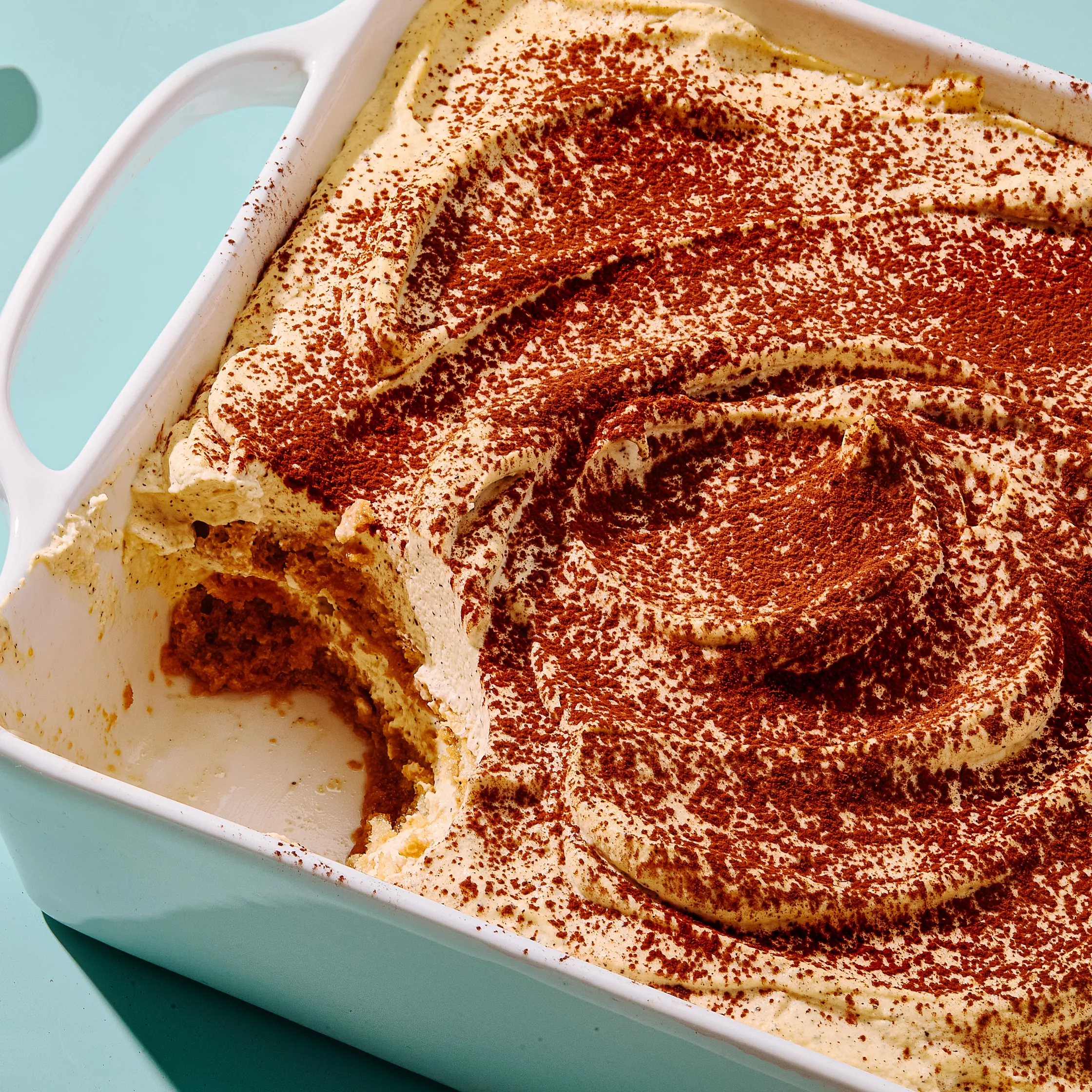








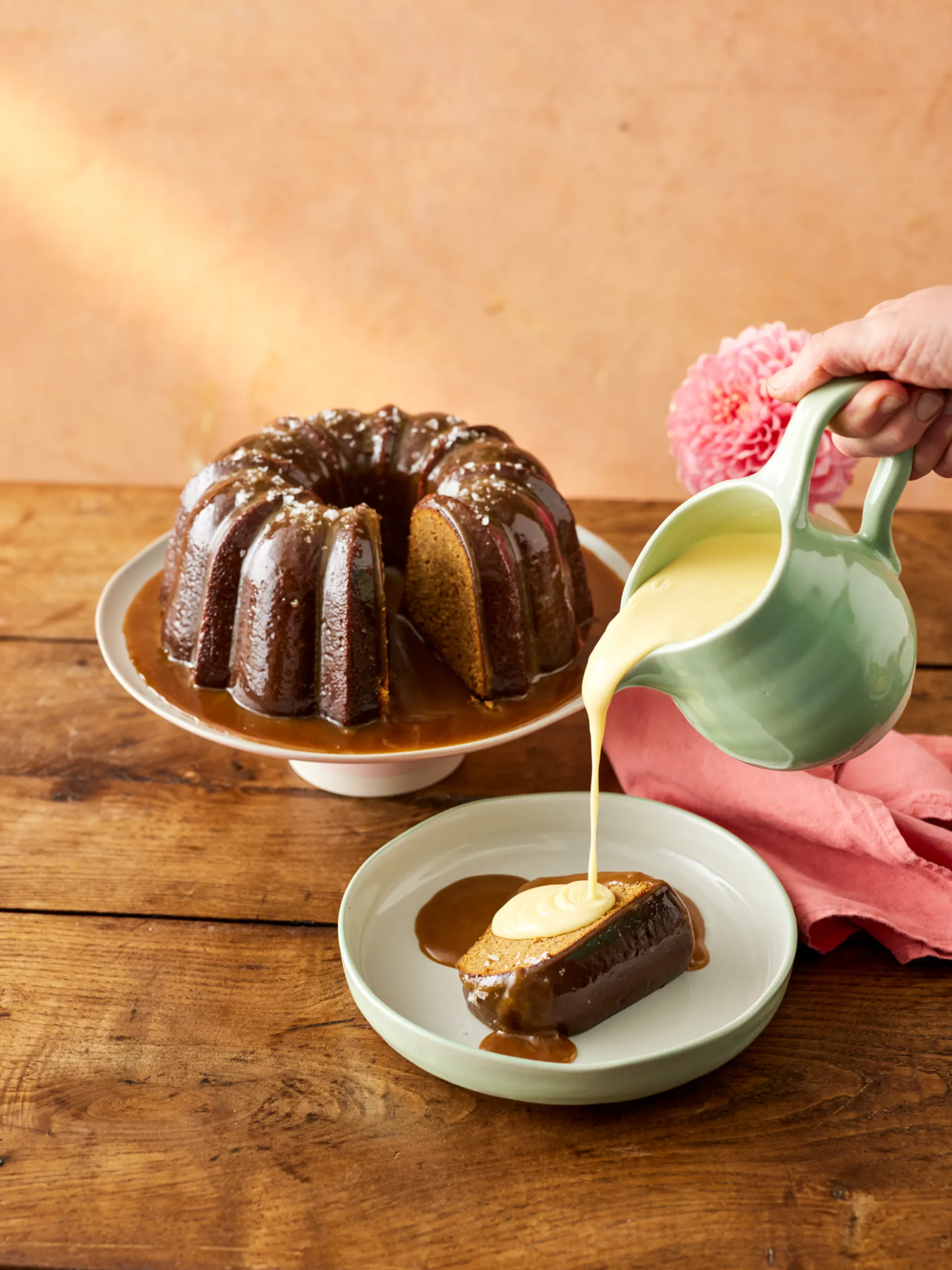







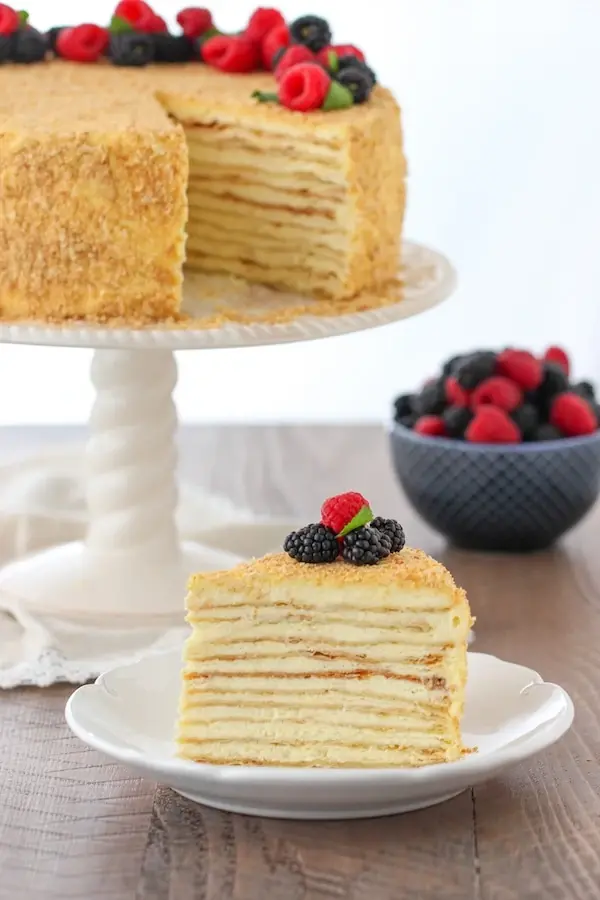

All very intersting and MY favourite tea too. Isn't history wonderful ! 😃
Earl Grey for me too. With milk. Not quite a London fog.